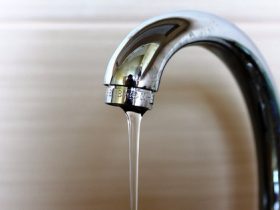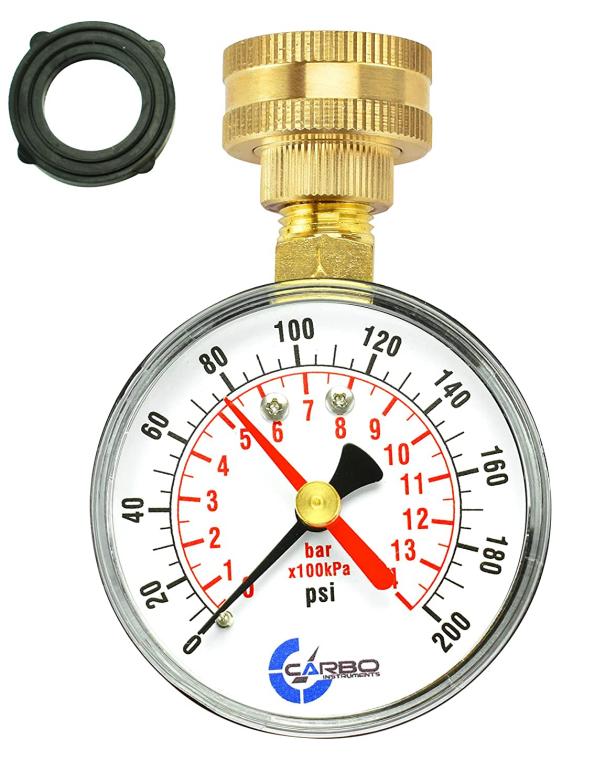Step-by-Step Guidelines for Addressing Low Water Pressure in Your Home
Step-by-Step Guidelines for Addressing Low Water Pressure in Your Home
Blog Article
What're your thoughts about Low Water Pressure in the House??

Low tide stress in your home can be an aggravating trouble, influencing whatever from bathing to cleaning dishes. If you're experiencing weak water circulation, there are a number of possible reasons and remedies to discover. In this guide, we'll go over typical reasons for low tide pressure and sensible steps to deal with the concern successfully.
Intro to Low Tide Stress
Low water stress happens when the flow of water from your faucets, showers, and other components is weak than normal. This can make daily jobs a lot more tough and less effective. Recognizing the sources of low tide stress is critical to discovering the right service.
Typical Causes of Low Tide Stress
Faulty Stress Regulators
Stress regulatory authorities are accountable for maintaining consistent water stress in your house. If they malfunction, it can lead to low water pressure or unequal circulation throughout your house.
Metropolitan Supply Of Water Issues
Occasionally, the problem lies outside your home. Metropolitan water problems, such as main line leakages or upkeep job, can briefly decrease water stress in your location.
Pipeline Obstructions
In time, pipes can end up being obstructed with mineral deposits, debris, or particles, restricting the circulation of water. This is a common issue in older homes with galvanized steel pipelines.
Corrosion
Rust within pipelines can lead to leaks and lowered water pressure. Rust accumulation can restrict water circulation, specifically in aging plumbing systems.
Just How to Detect Low Tide Pressure
Evaluating Pipelines
Evaluate noticeable pipelines for indicators of leaks, rust, or clogs. Pay attention to any type of unusual sounds, such as banging or rattling pipelines, which can indicate concerns within the plumbing system.
Consulting with a Plumber
If you're not able to identify the source of low tide pressure, take into consideration hiring a professional plumber to conduct a thorough assessment. They can identify underlying issues and suggest appropriate solutions.
Examining Taps and Components
Start by testing the water pressure at different taps and components throughout your home. If the issue is separated to certain locations, it might suggest local problems.
DIY Solutions to Deal With Low Water Pressure
Flushing Hot Water Heater
Sediment build-up in the hot water heater can limit circulation and decrease performance. Flushing the container periodically helps remove debris and preserve ideal efficiency.
Checking Pressure Regulator
Ensure that the pressure regulatory authority is working properly. Readjusting or changing the regulatory authority can assist restore correct water pressure throughout your home.
Cleaning Aerators and Showerheads
Natural resources can collect in aerators and showerheads, decreasing water flow. Get rid of and clean up these parts routinely to improve water stress.
Clearing Up Clogs in Piping
For small obstructions, attempt utilizing a plumbing snake or chemical drainpipe cleaner to clear obstructions in pipelines. Be cautious when making use of chemicals and follow security guidelines.
When to Call a Specialist Plumber
If do it yourself efforts fail to solve the issue or if you suspect substantial plumbing problems, it's best to look for help from a qualified plumber. They have the expertise and devices to deal with intricate concerns securely and properly.
Preventive Measures to Maintain Water Stress
Installing a Stress Booster
Consider mounting a stress booster pump to boost water stress in locations with regularly low flow. This can be particularly helpful for multi-story homes or homes with high-demand components.
Monitoring Water Use
Be mindful of water usage habits and prevent ill-using the plumbing system. Straightforward adjustments, such as shocking showers and laundry tons, can help keep adequate water stress.
Normal Upkeep
Set up regular upkeep for your plumbing system to stop problems such as corrosion, leaks, and blockages. Addressing small troubles early can assist avoid even more considerable fixings later on.
Conclusion
Dealing with low water pressure can be aggravating, but recognizing the underlying causes and applying ideal services can restore optimum circulation throughout your home. Whether it's cleaning up aerators, checking pipelines, or talking to a plumber, taking aggressive actions can ensure a consistent supply of water for your daily needs.
FOUR WAYS TO FIX LOW WATER PRESSURE NOW
Turning on a shower or faucet only to find the water comes out in a sad, slow drizzle is never a good feeling. How exactly are you supposed to wash a pan or take a quick shower when it takes 10 minutes just to rinse off a little soap? The good news is that when your water pressure is bad, there's always a cause: typically one that can be easily fixed. Here are some of the most common causes of low pressure and what you can do to fix the issue:
DEBRIS AND MINERAL DEPOSIT BUILDUPS
If you notice low water pressure from just one or two of the fixtures in your house, the problem likely has to do with debris buildup. Water is full of minerals and other debris, all of which can accumulate in your pipes and on your fixtures. This can cause a blockage that affects how much water flows through. To fix this, try filling a small plastic bag with white vinegar, and use a rubber band to hang it around your showerhead or faucet. Let the head of the fixture soak for a few hours, and the vinegar should loosen the deposits.
WATER LEAKS
Leaks are another common cause of low water pressure. If water is flowing out of your plumbing through a hole or crack before it can reach your fixture, the pressure coming out of the faucet or showerhead will be lower. A plumbing professional is your best bet for finding and repairing a leak in your water supply pipes.
Leaks are another common cause of low water pressure. If water is flowing out of your plumbing through a hole or crack before it can reach your fixture, the pressure coming out of the faucet or showerhead will be lower. A plumbing professional is your best bet for finding and repairing a leak in your water supply pipes.
A VALVE ISSUE
If you have low water pressure throughout your home, check your main shut-off valve to make sure it's completely open. You may also want to see if there's a pressure-reducing valve installed. If there is, have a plumber help you adjust the settings to get the pressure you're looking for.
OTHERS USING WATER
Believe it or not, your low water pressure could be caused by your neighbors. If you notice low pressure at certain times of day, it may be because you and the people living next to you have similar schedules - when everyone is showering at the same time, the pressure will be lower in every home. Low pressure throughout the neighborhood may also be caused by an issue with your municipal water supply. If that's the case, call the supplier to see if they're working on the issue.
https://www.rotorooter.com/blog/water-leaking/low-water-pressure-fixes/

Do you really like reading up on Dealing with Low Water Pressure in Your Home? Try to leave feedback further down. We'd be happy to see your feelings about this blog post. In hopes that you visit us again soon. Don't hesitate to set aside a second to distribute this content if you enjoyed it. Thanks a bunch for your time. Return soon.
Get A Free Estimate Report this page